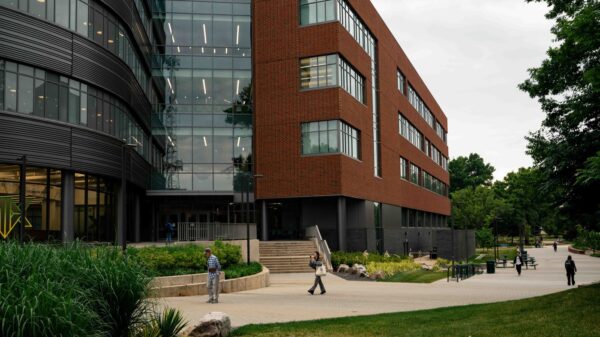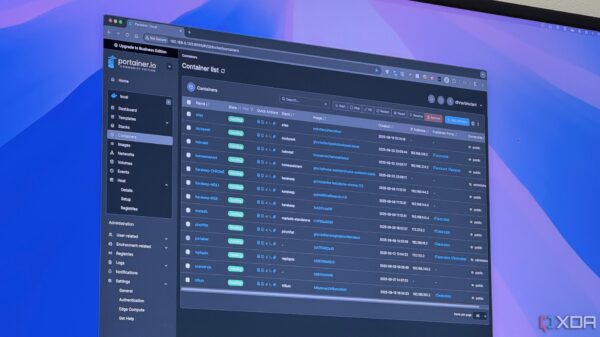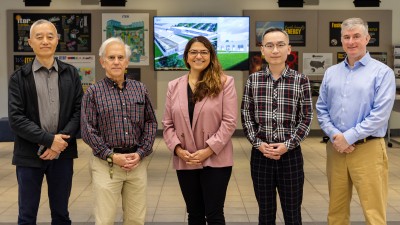A groundbreaking achievement in astrophysics has been recognized with the awarding of the 2025 John Dawson Award to a team from the Princeton Plasma Physics Laboratory and Princeton University. This team has successfully recreated the cosmic wobbling mechanism that is essential for the formation of stars, planets, and supermassive black holes, marking a significant milestone in the study of cosmic phenomena.
The research team conducted a series of laboratory experiments that simulate conditions found in space. By replicating these cosmic processes, they have provided new insights into how celestial bodies form and evolve. This work not only enhances our understanding of the universe but also positions Princeton as a leader in astrophysical research.
Details of the Laboratory Experiments
The experiments undertaken by the team involved intricate setups designed to mimic the dynamic environments of space. The researchers focused on the wobbling motion of gas clouds, a phenomenon that plays a critical role in star formation. By observing how these clouds behave under controlled conditions, they were able to gather data that confirms existing theories about cosmic evolution.
The implications of this research extend beyond academic curiosity. Understanding star formation mechanisms is vital for comprehending the broader structure of the universe, including the development of galaxies and the lifecycle of celestial objects.
In recognition of this pivotal work, the John Dawson Award emphasizes the importance of innovation in scientific inquiry. The award is named after John Dawson, a pioneer in plasma physics, and is presented to individuals or teams whose accomplishments significantly advance the field.
Significance of the Award
Winning the 2025 John Dawson Award not only highlights the achievements of the Princeton team but also underscores the collaborative efforts in scientific research. The award serves to inspire other researchers to pursue groundbreaking studies that can alter our understanding of the universe.
As the team members celebrate this prestigious recognition, they express hope that their findings will spark further research into the complex mechanisms of star and planet formation. Their work has opened new avenues for exploration, potentially leading to discoveries that could reshape our understanding of astrophysics.
In conclusion, the success of the Princeton team in recreating the cosmic wobbling mechanism represents a remarkable advancement in the field of astrophysics. This achievement is a testament to the power of scientific inquiry and collaboration, reinforcing the impact of rigorous research on our comprehension of the universe.







































































